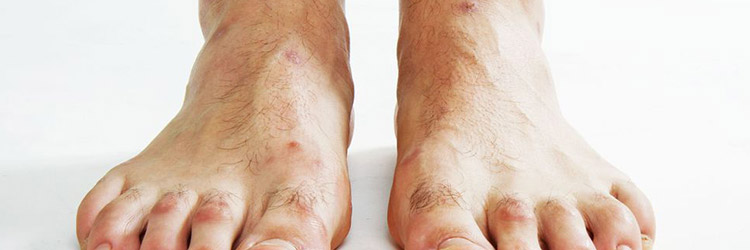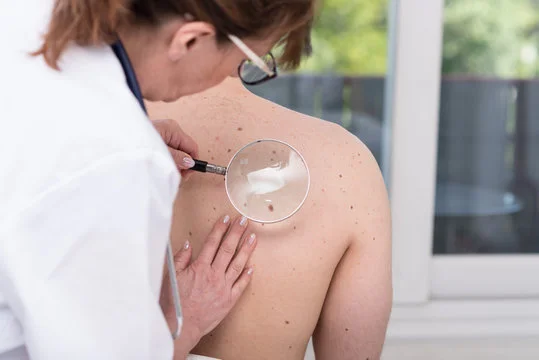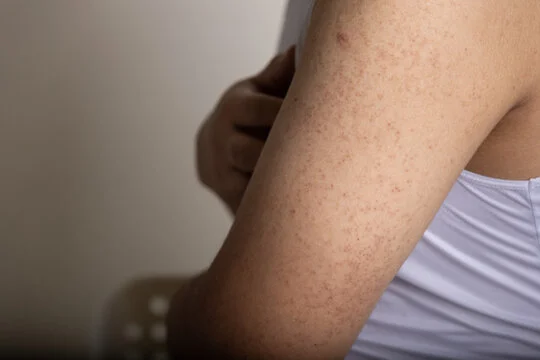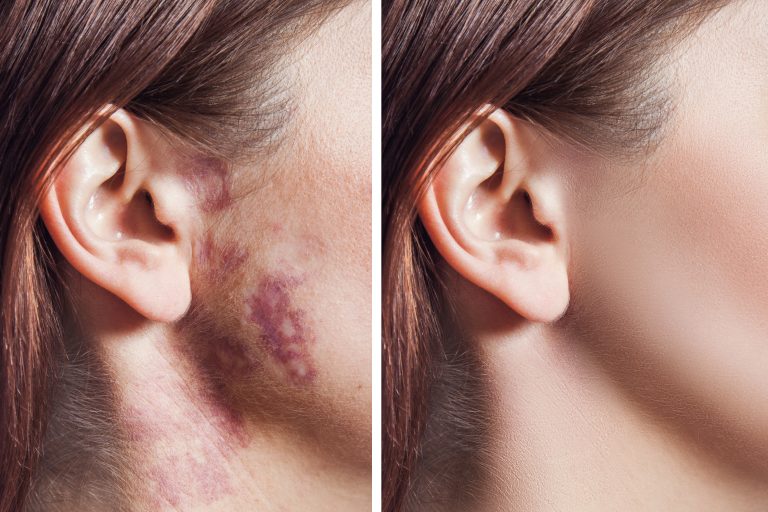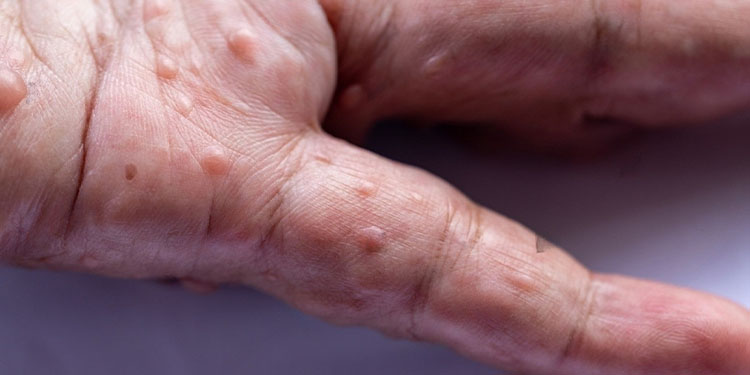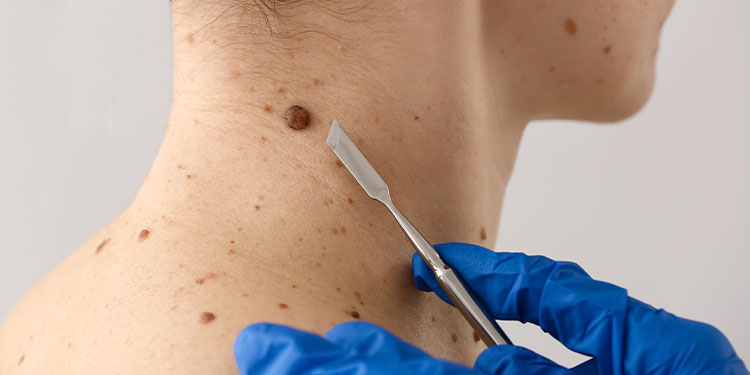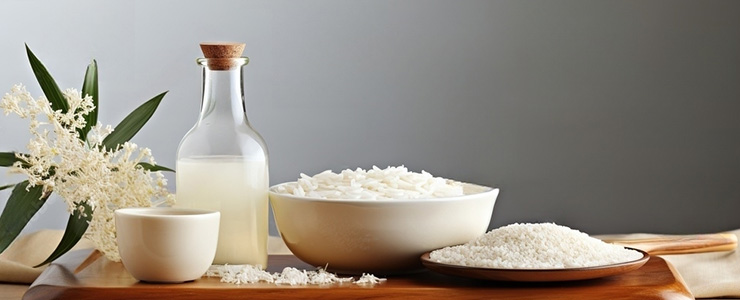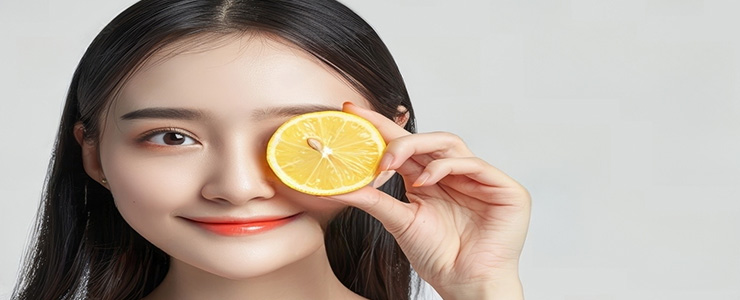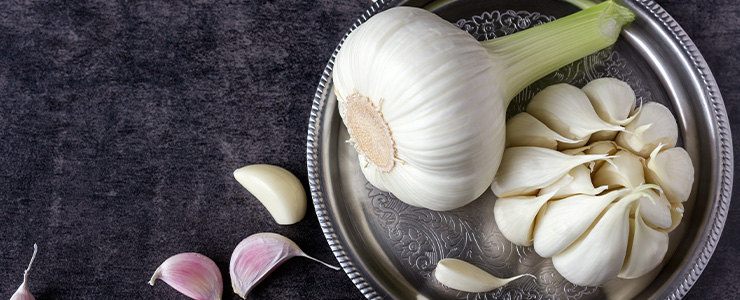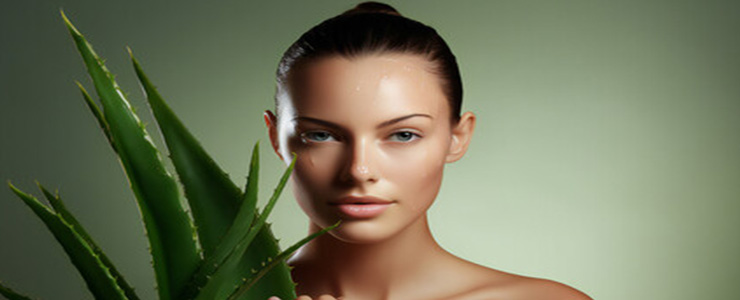A skin rash triggered by the immune system, lichen planus is, probably, one of the most ambiguous conditions of the skin. Doctors are not sure why the immune system responds in such a way, which is why, they zero in on more than one contributing factor. The condition is characterized by itchy, reddish-purple skin lesions on the lower back, wrists, ankles, and genitals, in some cases. While the grounds behind this condition are unknown, doctors prescribe various medications to help curb the symptoms.
Lichen Planus mostly affects the mucosal (skin, scalp, and nails) or cutaneous (mouth, pharynx, stomach, anus, ears, nose, and bladder) surfaces of the skin.
Lichen Planus: Causes
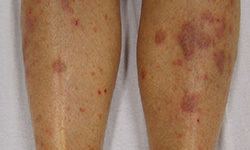
Experts believe that the condition is a T-cell mediated autoimmune reaction – a process which triggers apoptosis (programmed death) of the epithelial cells. Other triggers may include:
– Hepatitis C infection
– Allergens
– Contact with metals
– Anti-inflammatory drugs (Advil, Aleve, IB and others)
– High blood pressure
– Arthritis
Lichen Planus: Symptoms

– Reddish-purple skin lesions or bumps on the skin
– Itching
– Blisters
– White lesions in the mouth
– Thin white lines on the rash
– Painful ulcers
– Scalp discoloration and shedding
– Nail damage
Once one or more of these symptoms are observed, your medical professional will diagnose the condition based on your medical history, a physical test, and sometimes, lab tests like biopsy, allergy tests, and hepatitis B or C. These are the most common triggers of lichen planus, which is why, as soon as the symptoms develop, rush to your doctor for an ideal course of treatment.
Lichen Planus: Treatment
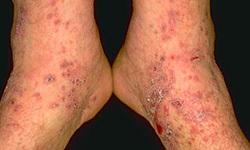
There are many ways to go about the treatment – both home-based as well as professional. Let’s take a look at them:
Home-based treatments
– oatmeal tub bath, followed by a moisturizing lotion
– cool compresses
– OTC hydrocortisone creams and ointments with at least 1% hydrocortisone
– not scratching
Professional treatments
– Prescribed corticosteroid creams or ointments that help reduce inflammation
– Retinoids, especially those related to Vitamin A. They can be consumed topically or orally.
– Antihistamines for lichen planus triggered by an allergen
– Light therapy or phototherapy that uses UV-B light to penetrate only the epidermis
– Immune response medications that suppress your body’s immune response
Lichen planus may be an ambiguous condition, but it’s definitely not dangerous or infectious. Self-care measures can be adopted to reduce inflammation and discomfort. However, make sure to visit your health care professional if the symptoms don’t subside for long.
Learn more about lichen planus by booking an appointment with a reputed dermatologist in your area on www.skinandhairacademy.in today!

